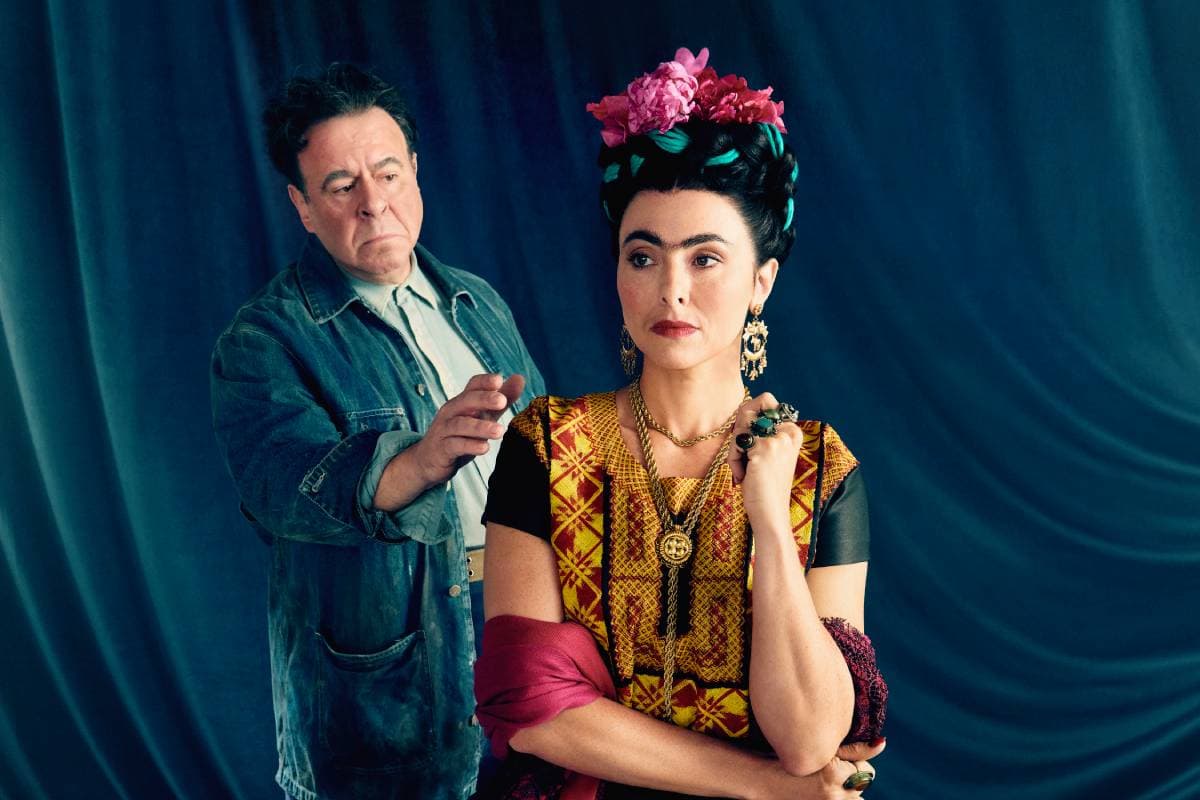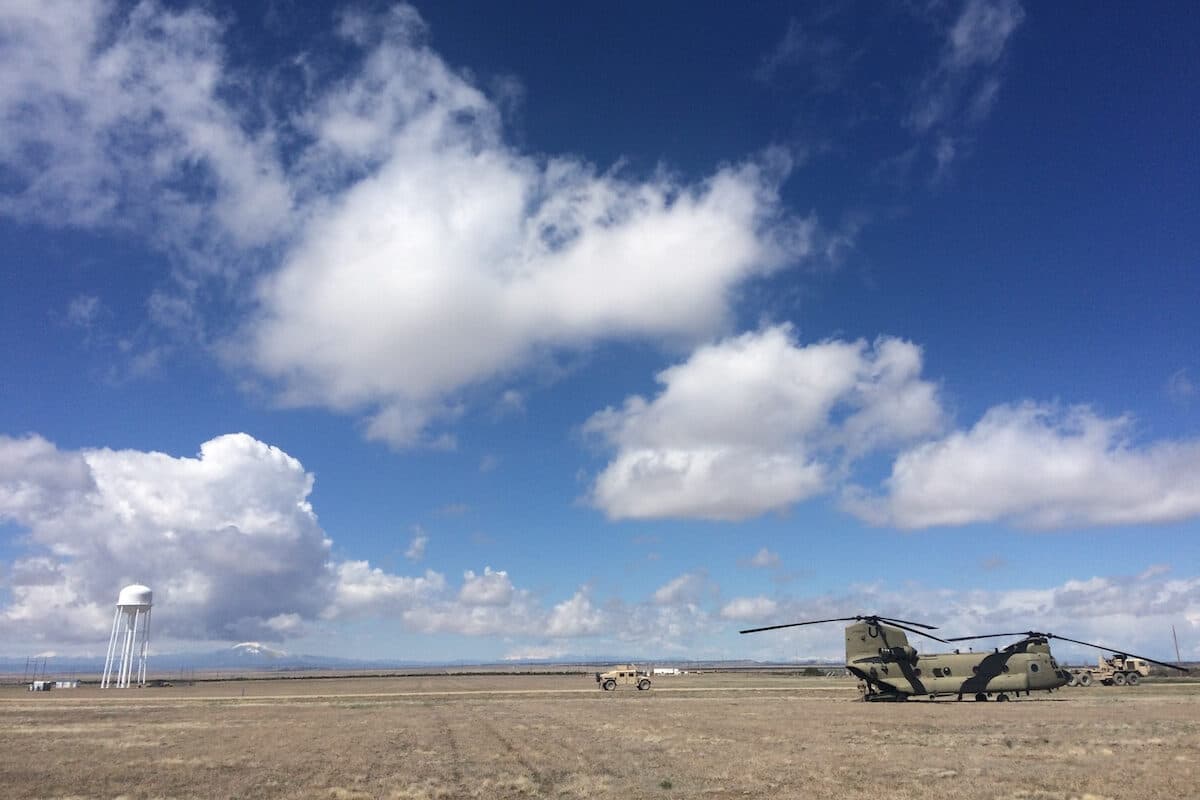
Nothing announces the arrival of autumn in Colorado quite like the aroma of fire-roasted green chiles.
After the crop ripens at farms across the Southwest, street-side stands spin cages full of peppers over open flames while customers wait on sidewalks and in parking lots. The heat transforms the pods from glossy fruits — yes, chiles, like tomatoes, are technically fruits — into wilted filets.
Anyone who’s been lost in the sauce atop a smothered burrito might not think too much about the underlying culinary process. That’s not the case, however, for Bruce McCay of Niwot, who submitted a burning question to Colorado Wonders:
Why are chiles roasted at all? And how did the annual appearance of street-side chile stands become a seasonal tradition in Colorado, New Mexico and other parts of the Southwestern U.S.?
Few Colorado residents are more qualified to offer an answer than Rocky Musso. For five generations, his family has owned and operated Musso Farms in Pueblo, which grows and roasts peppers at a popular farm stand outside the city.
“Chiles are absolutely edible without the roasting, but if you want to keep them all year long, the best way to do it is to roast them,” Musso said.

Prepping peppers
Roasting adds an unmistakable smokey flavor and softens the peppers, making them easier to can or freeze. On a chemical level, the fiery heat also modifies enzymes inside peppers to help maintain their nutritional benefits over months in storage.
Besides improving the taste and prepping the peppers for preservation, roasting loosens the skin covering the outside of a chile pod. Danise Coon, a research specialist focused on peppers at New Mexico State University, said the outer layer is known as a “cuticle,” and it’s far tougher and thicker on green chile varieties than jalapeños or other types of peppers.
While eating the cuticle layer isn’t harmful, it’s not exactly pleasant, either. “You’d have this thick skin you’d have to spit out,” Coon said.
All those culinary insights, however, don’t explain how chile roasting became a fall tradition.
A brief history of chile roasting
The backstory of chile roasting dates back to the ancestor of all green chile: the New Mexico No. 9.
The variety was developed by Fabián García, a horticulturist who started studying crops near Las Cruces, New Mexico in the late 19th Century, said Paul Bosland, the emeritus director of the Chile Professor Institute at New Mexico State University and a retired professor of horticulture.
Bosland said García’s breeding project started by gathering pepper seeds from farms and gardens across New Mexico. The goal was to create a plant with consistent pods mild enough for the growing population of non-Hispanic arrivals.
García completed the project in 1921 and began distributing New Mexico No. 9 seeds to farms around the state. The commercial growing industry soon took off across New Mexico, which led to the development of Hatch green chile and a wide range of other pepper varieties, Bosland said.
All those peppers, however, carried a thick skin, and hungry consumers found roasting was one of the best ways to remove the peels. “In the early days, you buy a sack of chile, take it home, start your barbeque up and roast them,” Bosland said.
While backyard grills worked well enough for smaller quantities at pepper parties, Bosland said growers eventually developed roasters to blast hundreds of pods in metal cages above propane jets.

The great Colorado roasting pepper
Rocky Musso said his family purchased its first propane-powered chile roaster in the early 1980s. He’s not sure who invented the contraption, but he said it soon attracted customers trying to buy large quantities of chile at once. The farm has since adapted by devoting its fields to a wide array of peppers.
Today, the farm stand in one of the most popular places to buy the Pueblo or Mosco chile, a variety developed specifically for roasting by Mike Bartolo at the Colorado State University Arkansas Valley Research Center in Rocky Ford.
The pepper’s origin story is now a local legend in southern Colorado.
After Bartolo earned his PhD in plant physiology from the University of Minnesota, he moved home to Rocky Ford just after his uncle died in 1988. Bartolo’s dad found a sack of chile seeds cleaning out his brother-in-law’s garage and gave it to his son, who then planted a test plot of pepper plants with upward-growing chile pods.
After planting the seeds for several seasons, Bartolo noticed one plant with especially hefty fruits. He thought the thick pod walls might be perfect for roasters, and the variety soon started to catch on with local producers like Musso Farms. In 2015, those growers established the Pueblo Chile Growers Association to promote the crop, leading to the heated rivalry between Pueblo chiles and Hatch chiles grown in New Mexico.
Bartolo is now retired, but he still grows peppers descendent from his uncle’s seeds in a backyard plot in Rocky Ford. While he’s glad many chile lovers now ask for his variety at roasting stands, he won’t say Pueblo peppers are better than Hatch.
“To me, it’s like apples and oranges. It really depends on what you like,” Bartolo said.
Bartolo knows it's a polite answer, but he doesn’t want to pick a side in a rivalry he hopes will promote of all types of green chile — and keep roasting cages spinning for generations.
- Photos: Threat of rain doesn’t dampen mood at Pueblo’s annual Chile & Frijoles Festival
- As Chile Roasters Fire Up In Pueblo, Meet A Family That’s Been Growing Peppers For Generations
- Which Food Is Colorado’s Most Iconic? Your Chosen Winner Is… Green Chile!
- Thanksgiving Recipes, But With Chiles In Everything
- Why Is Hatch Chile Still More Popular In Colorado Than Pueblo Chile?
- Great Green Chile Debate Rages On As Governors Trade Jabs In Hatch vs. Pueblo






